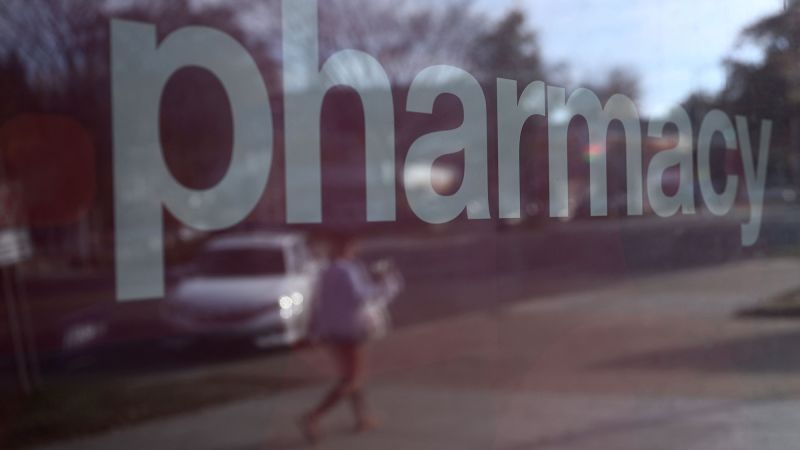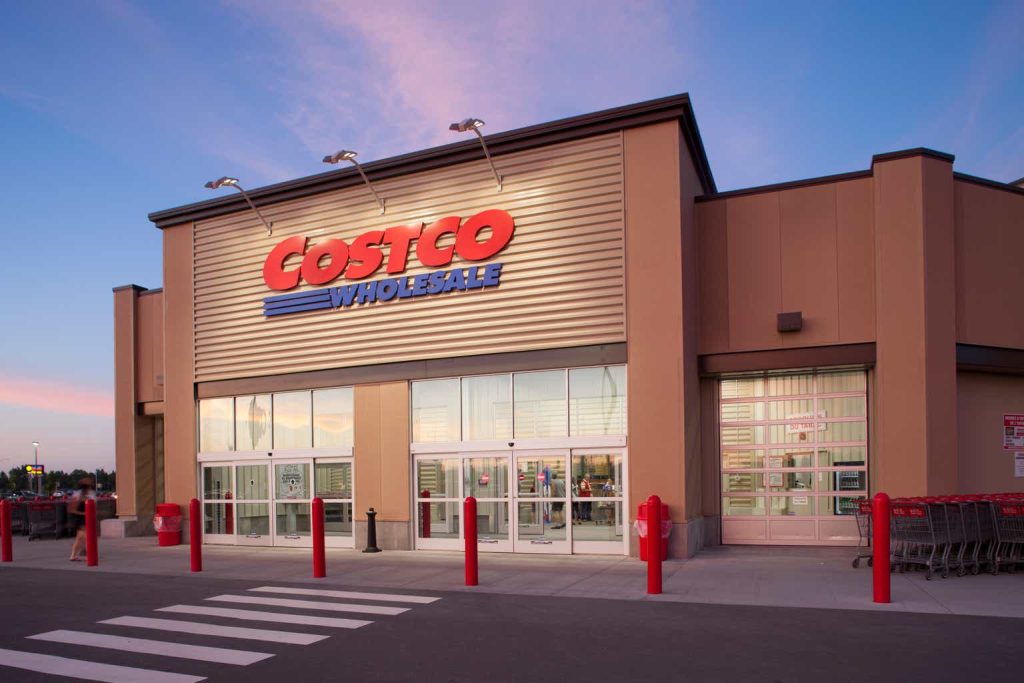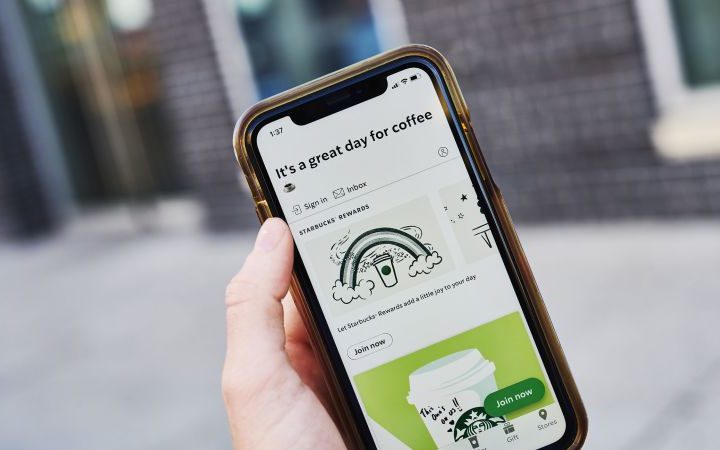With hundreds of pharmacies closing their doors this year alone, experts fear that more vulnerable Americans could be left without access to the medications they need.
Pharmacy closures have been a problem for years. CVS closed 244 stores between 2018 and 2020 and said in 2021 that it would close another 900 locations through 2024. In 2019, Walgreens said it would close 200 stores. This year, it announced an additional 150 closures. And Rite Aid recently filed for bankruptcy and announced that it would shutter about 100 of its roughly 2,200 stores as part of its restructuring efforts, with more closures to come. Brick and mortar pharmacies are facing a number of challenges: more competition, a tough few years stemming from the pandemic, and squeezed margins as reimbursement rates for prescription medications fall, due in part to how the business has changed.
When drugstores disappear, patients suffer, said Jenny Guadamuz, assistant professor at the UC Berkeley School of Public Health, Division of Health Policy and Management. “You can think of a closure as a disruption of care,” she said. “You had a routine: You would go to a pharmacy that was geographically accessible — ideally affordable — was probably preferred for your health insurance plan. And then that pharmacy is no longer there.”
When pharmacies close, some patients have to travel farther to get the medications they need. That extra distance and time often means they won’t pick up their medicine at all, Guadamuz said.
Melvin Thompson, now a healthcare consultant, was previously executive director of the Endelo Institute, a nonprofit organization devoted to health, education and community development on the South Side of Chicago, where he lives. Thompson said that since 2016, four or five major drugstores have closed in his area, and new ones haven’t opened to fill in the gap.
“To lose that first pharmacy was really a shock to the system,” he said. Some people have lost relationships with trusted pharmacists, or a nearby place to buy groceries. He’s noticed that because of the closures, people are traveling farther to get to drugstores. “We’re driving out of our communities to pharmacies miles away.” During the Covid pandemic, Endelo organized transportation to get seniors to pharmacies for vaccinations, he said.
Thompson, who himself lives close to a pharmacy in the South Side, said there is now more pressure on remaining locations. There are “lines for seniors out the door for prescriptions… and it’s the result of people now all going to the same pharmacy,” he said.
As major chains close their doors, the number of independent pharmacies in the United States has stayed pretty steady over the past three years, according to data from the National Community Pharmacists Association, which represents the interests of independent pharmacists. But chain closures aren’t likely to lead to more business for independents, which face challenges apart from competition from national chains.
The negative impact of this trend is most pronounced for minority groups. A USC study co-authored by Guadamuz that was published in 2021 found that Black and Latino neighborhoods in 30 US cities had fewer pharmacies than White and diverse neighborhoods from 2007 to 2015.
“If you’re located in a low-income neighborhood, and effectively in a Black and Latinx neighborhood, having any pharmacy is less common. And having a pharmacy that meets your needs is much less common,” she said.
In some areas, pharmacies do more than just fill medications. They “play a crucial role in the community,” said Omolola Adepoju, a health services researcher and clinical associate professor at the University of Houston’s Tilman J. Fertitta Family College of Medicine. “You don’t need an appointment to talk to a pharmacist,” she added. Patients can just walk in to get medications, vaccinations and answers to their questions, making pharmacies an “integral access point for primary care services for many underserved communities.”
In theory, Amazon or mail-order services could fill in the gap, delivering prescriptions directly to patients. But online pharmacies can’t administer vaccines, and not every medication can be shipped.
Plus, some patients may not have access to the internet. Even if they do, they might not trust online providers, fearing that a medication may have been exposed to extreme heat or otherwise compromised during delivery.
In some sectors, chain closures can open the door for more competition from local businesses. But market conditions in the pharmacy sector make it unlikely that independent pharmacies will be able to thrive.
Drugstores like Rite Aid and others have suffered from increased competition from online pharmacies and big box stores like Walmart and Target, which also fill prescriptions.
But some say that the major challenge to pharmacies has come from pharmacy benefit managers, or PBMs, which work as middlemen between different parts of the healthcare business, including insurance providers, drug companies and retailers.
PBMs are “a very, very powerful entity,” said Douglas Hoey, CEO of the National Community Pharmacists Association. “They control drug pricing, they control prescription drug reimbursement,” he said, adding that the groups also negotiate rebates and charge administrative fees. PBMs originally started in the 1960s as insurance claims managers and have evolved over time to manage more parts of the health care business.
The costs of doing business through a PBM can squeeze margins and sometimes put pharmacies in the red, Hoey said. And the impact on independents has been outsized because a higher percentage of their business comes from prescription drugs compared to national chains, he added.
Pharmacy benefit managers argue that they help keep drug prices down by negotiating with drug makers.
In September, the House Committee on Oversight and Accountability held a hearing about benefits managers, listening to testimony from those saying that the groups are driving prices up. During the hearing, JC Scott, president and CEO of Pharmaceutical Care Management Association, the trade group representing PBMs, said that “health plan sponsors, including employers, voluntarily hire PCMA’s member organizations to secure savings and provide choice and specialized expertise on pharmacy benefit design, coverage, and delivery.” He added that PBMs work with insurers to “secure lower costs for prescription drugs and achieve better health outcomes.”
But elected officials are skeptical: Legislation has been introduced to curb the power of PBMs, which lawmakers say are making drugs more expensive for customers.
These dynamics mean that reduced competition in the space is unlikely to benefit independents, said Hoey. What it might do, he said, is burden already overloaded pharmacists with new customers.
“I think we’ll see more… unacceptable experiences at the pharmacy,” Hoey said.
Recently, pharmacy workers have been staging walkouts over working conditions they say put patients at risk. Some have said that a focus on vaccination puts them behind on filling prescriptions, creating a stressful environment for workers and negatively impacting patients who need medication.
Read the full article here







